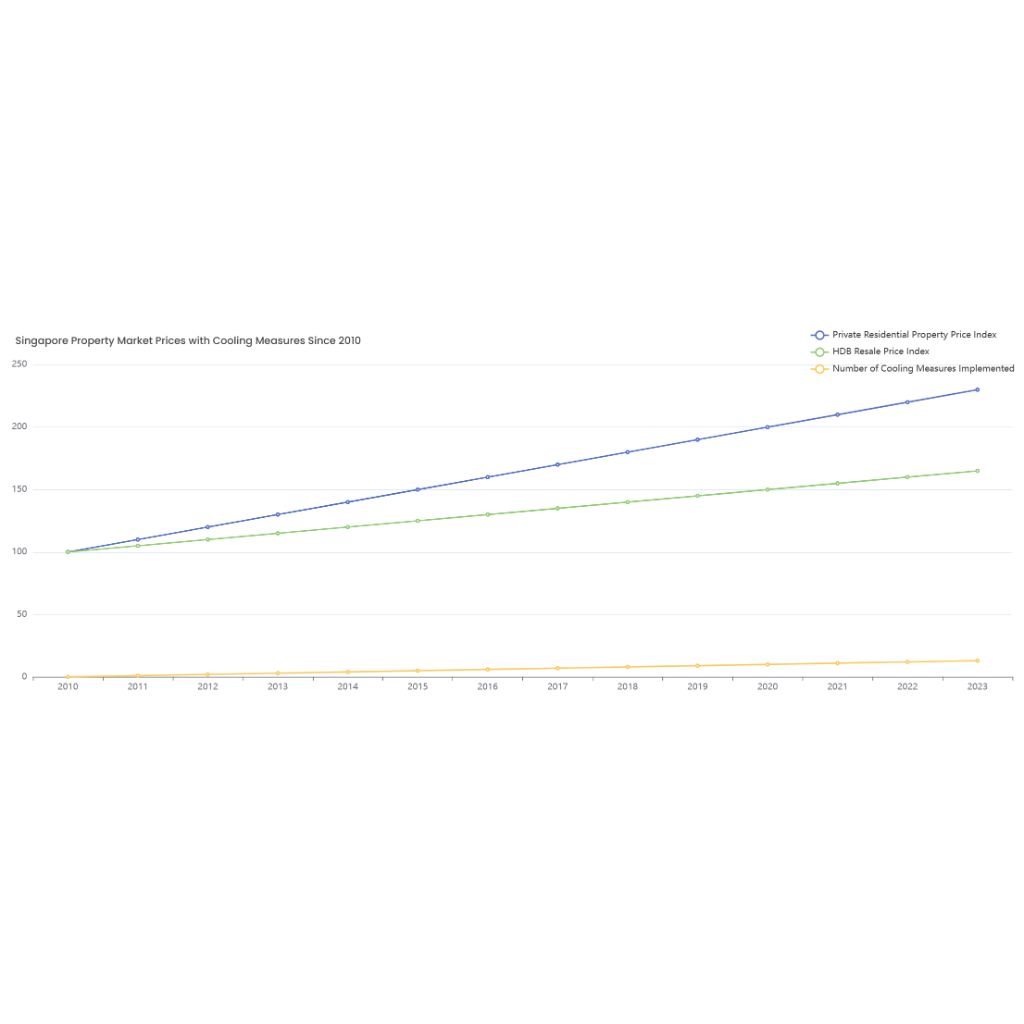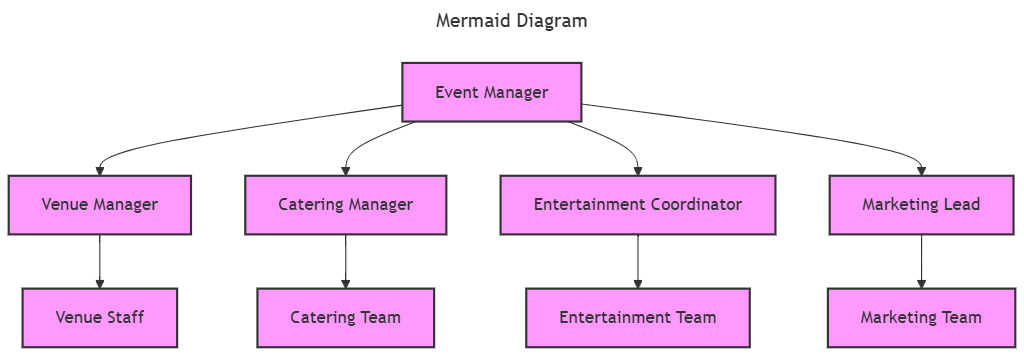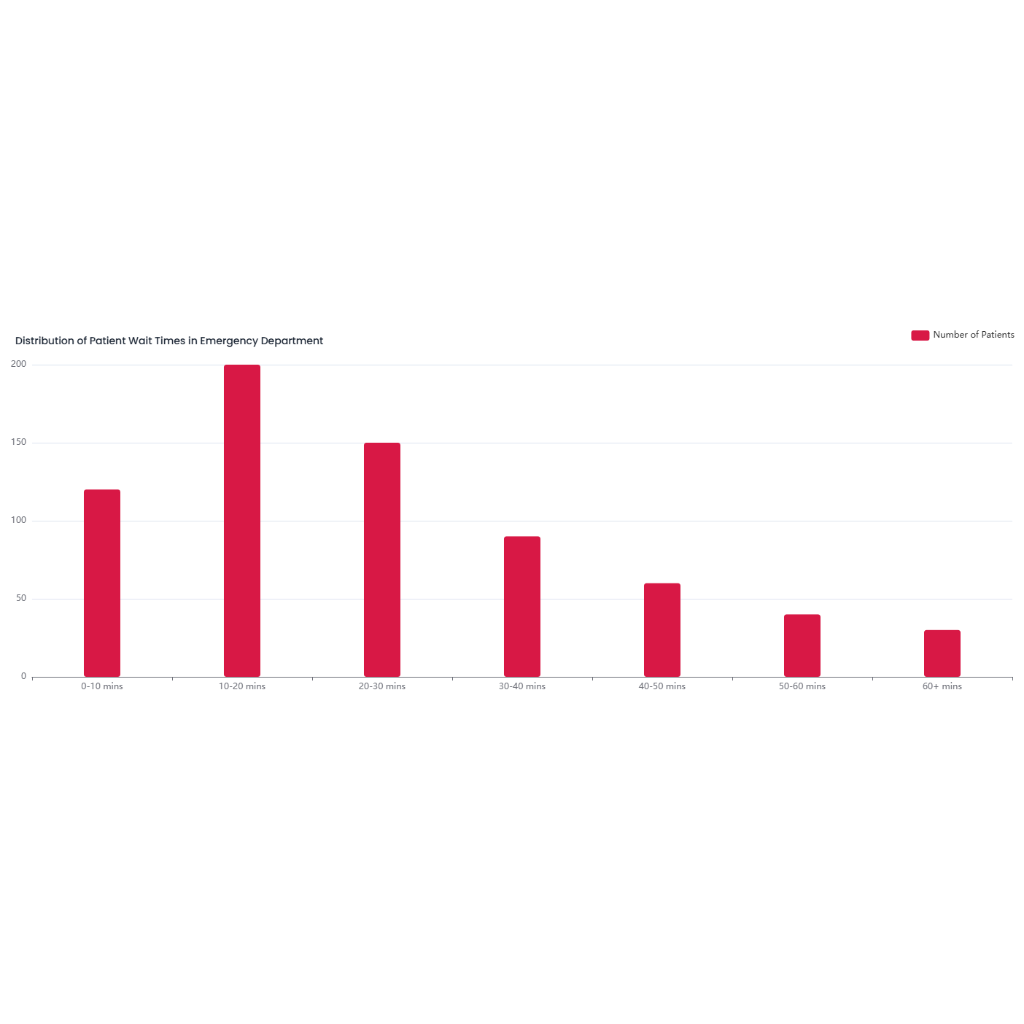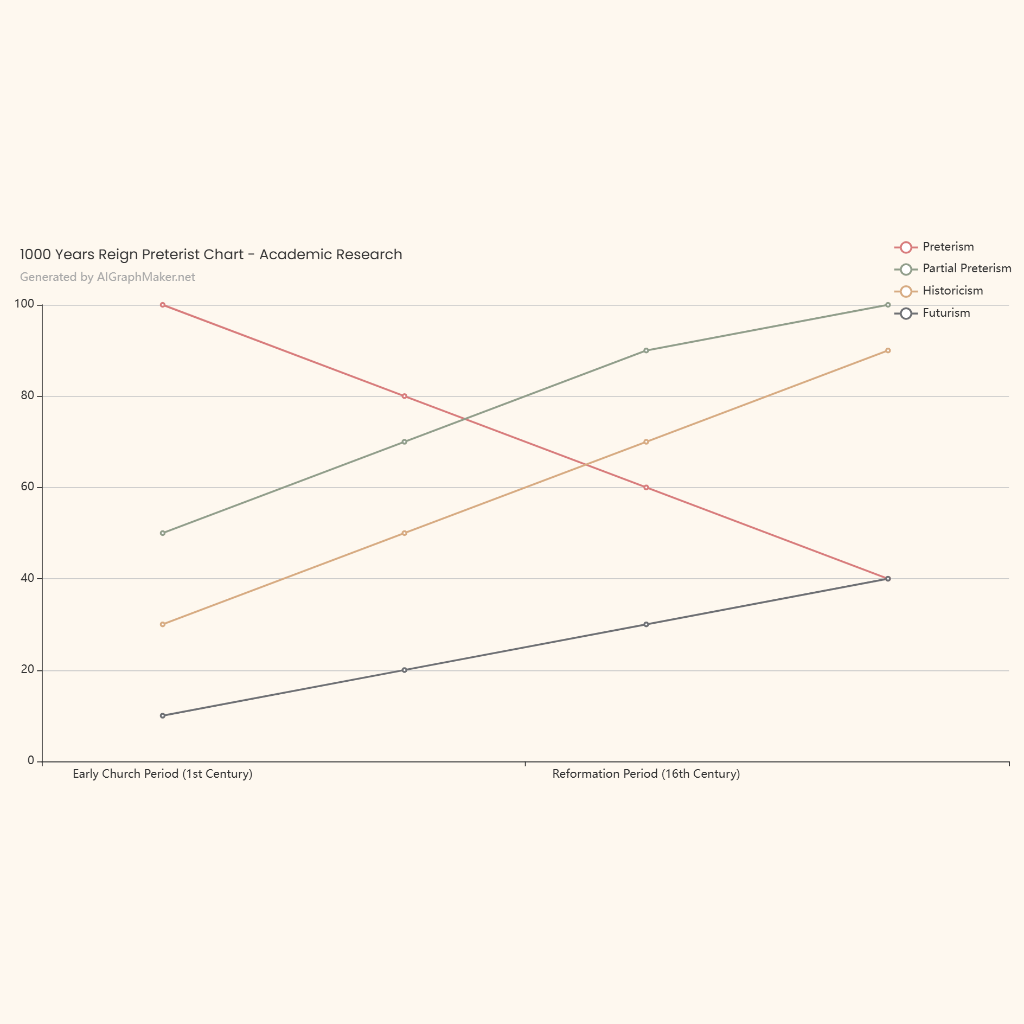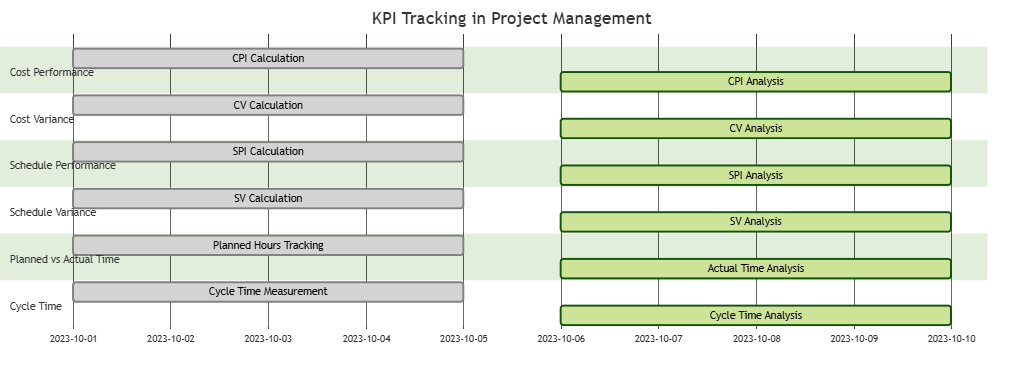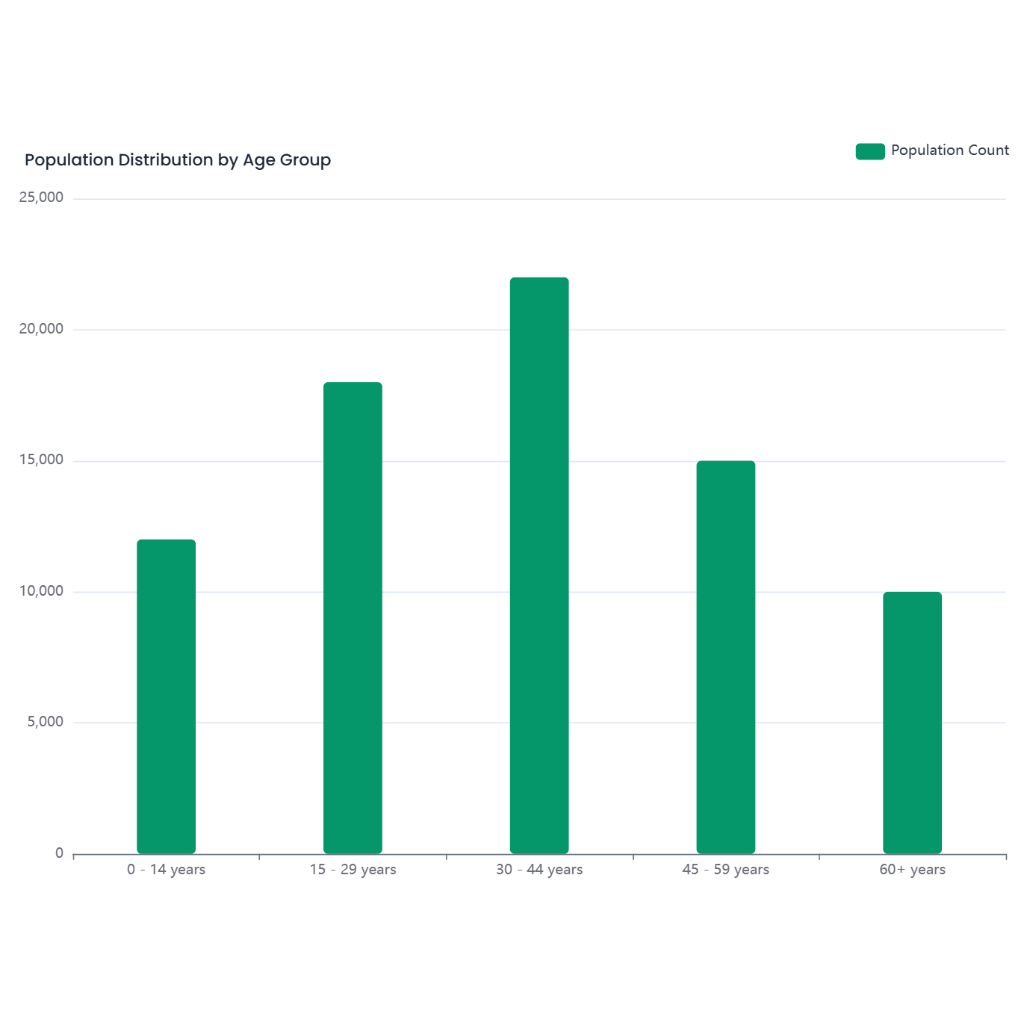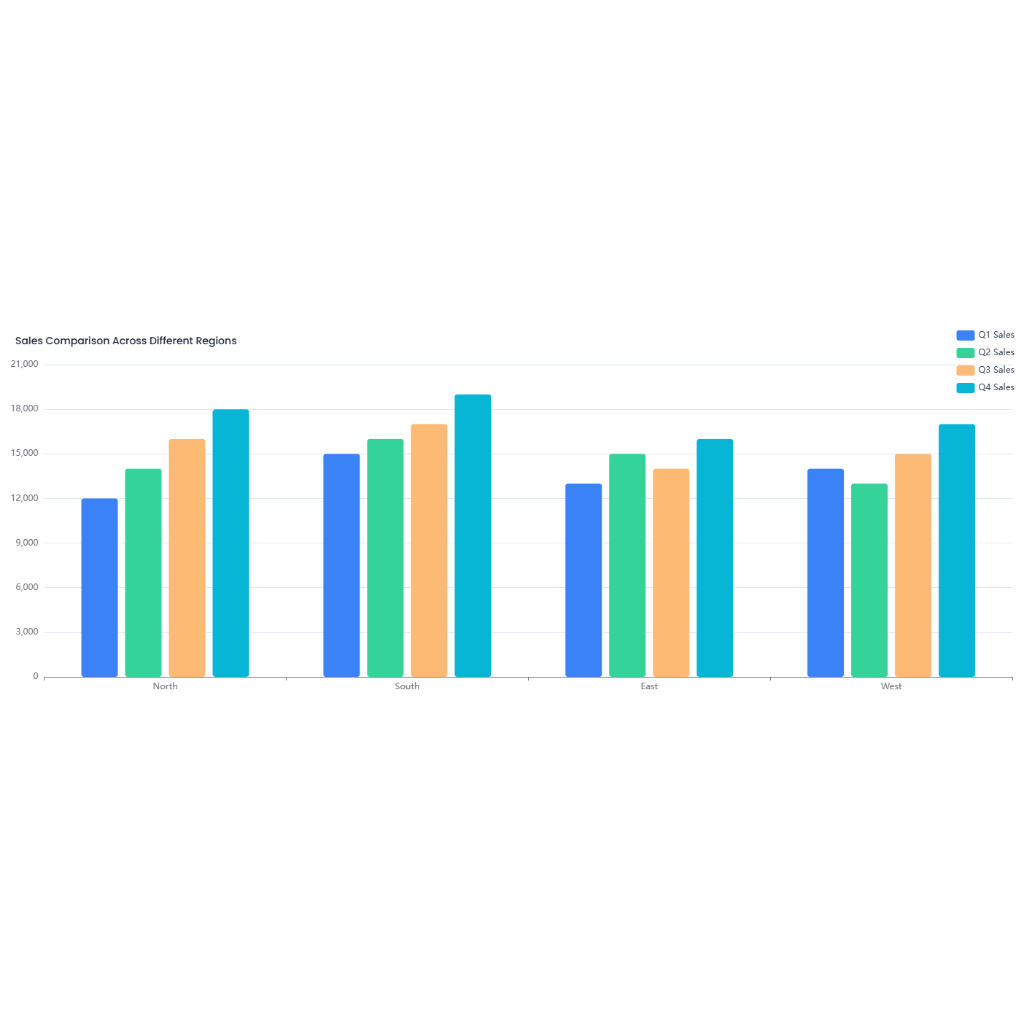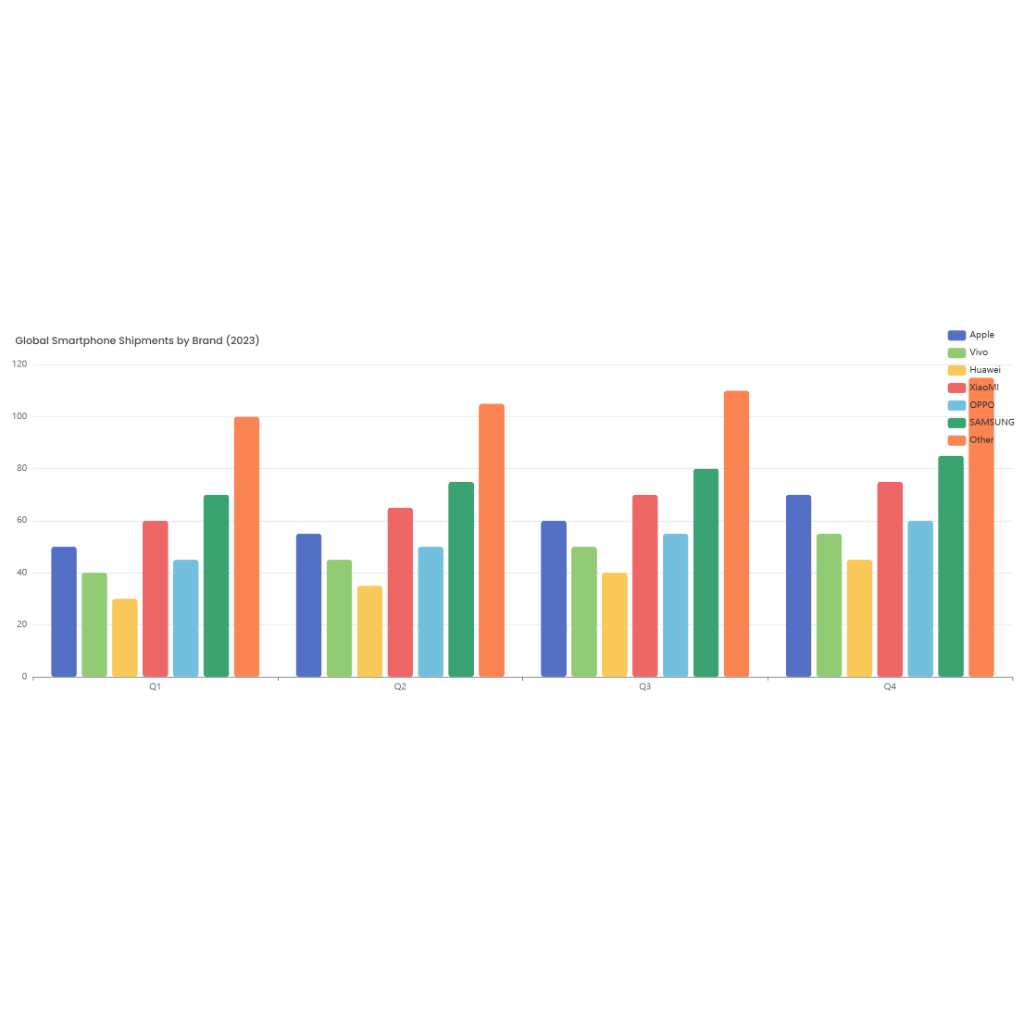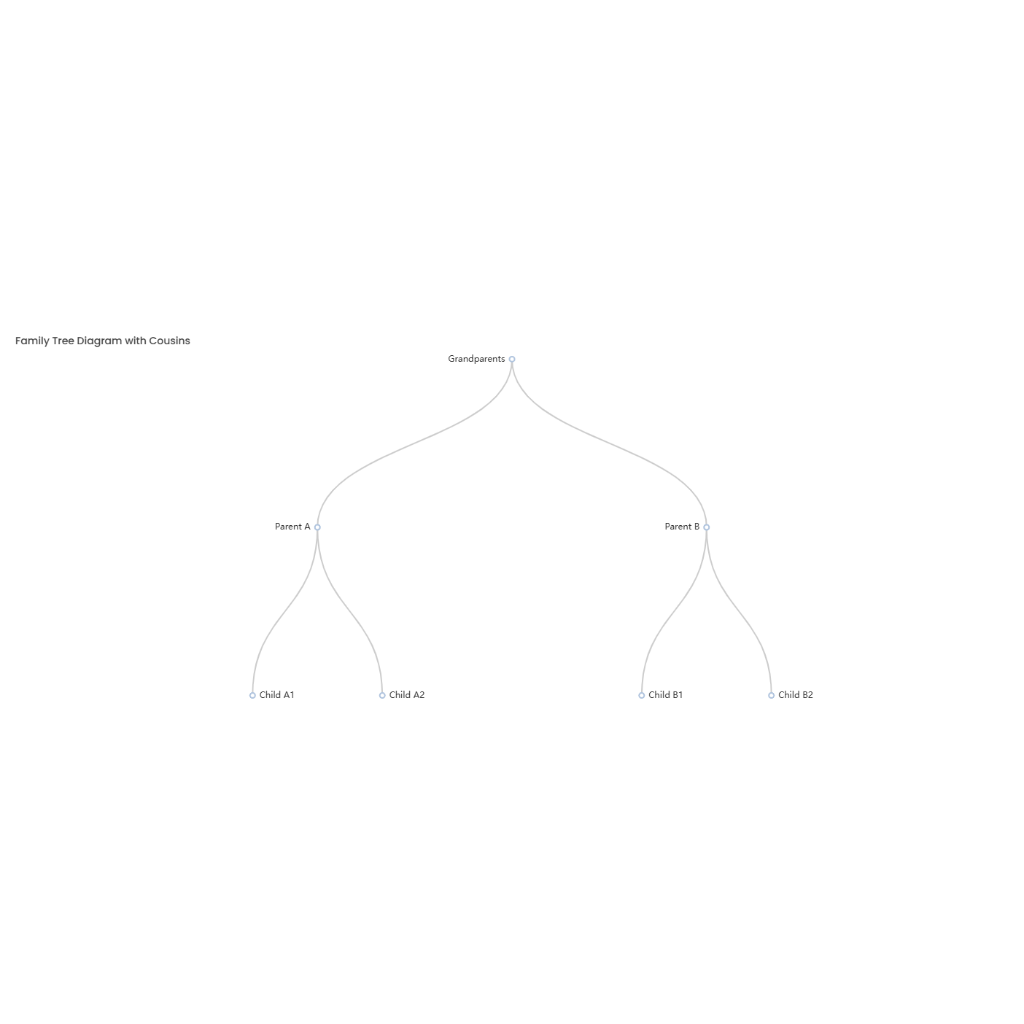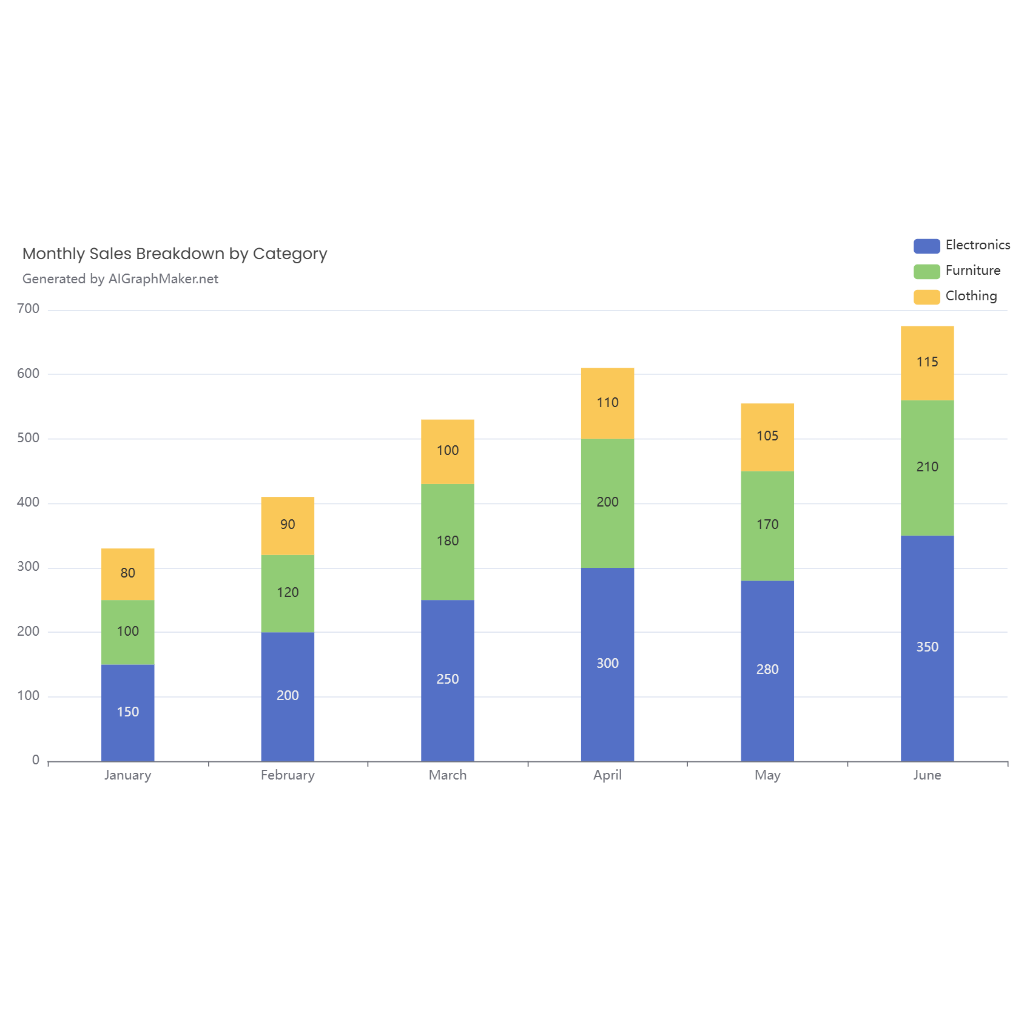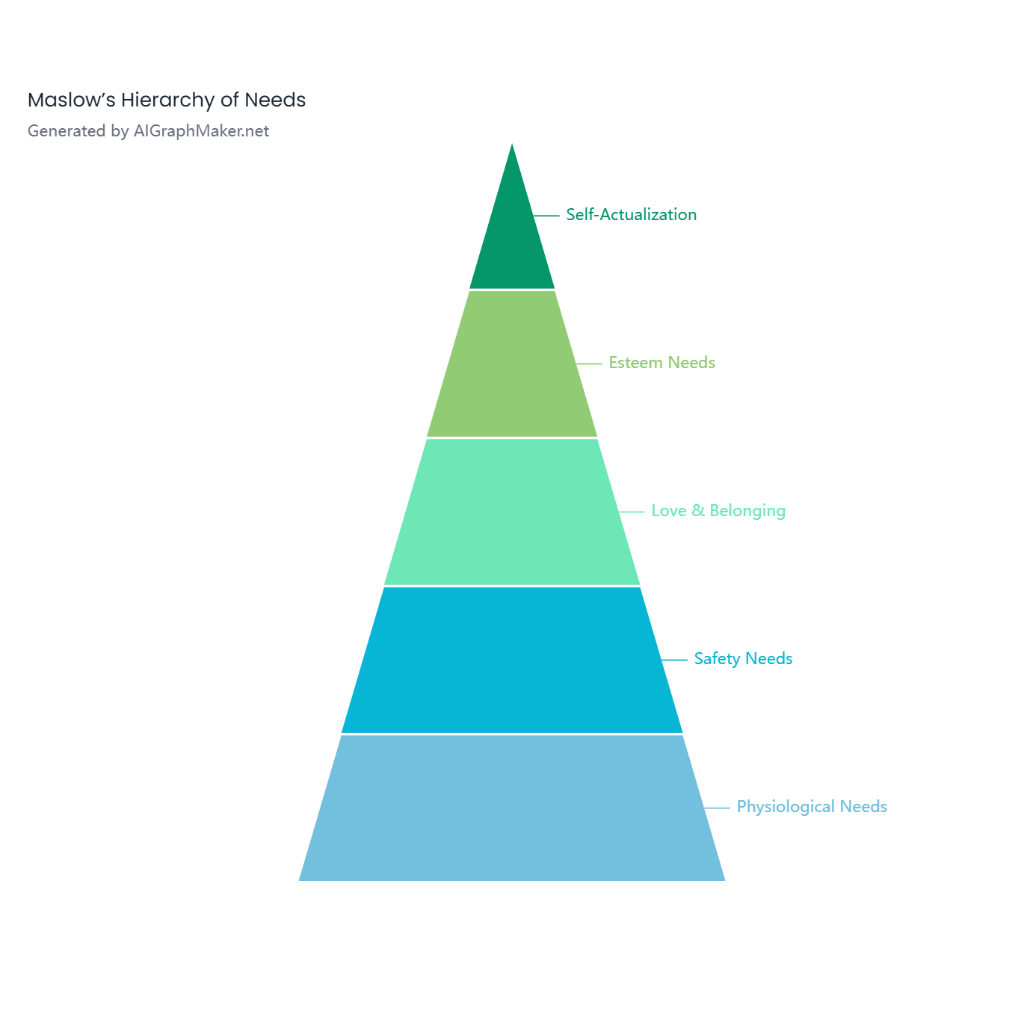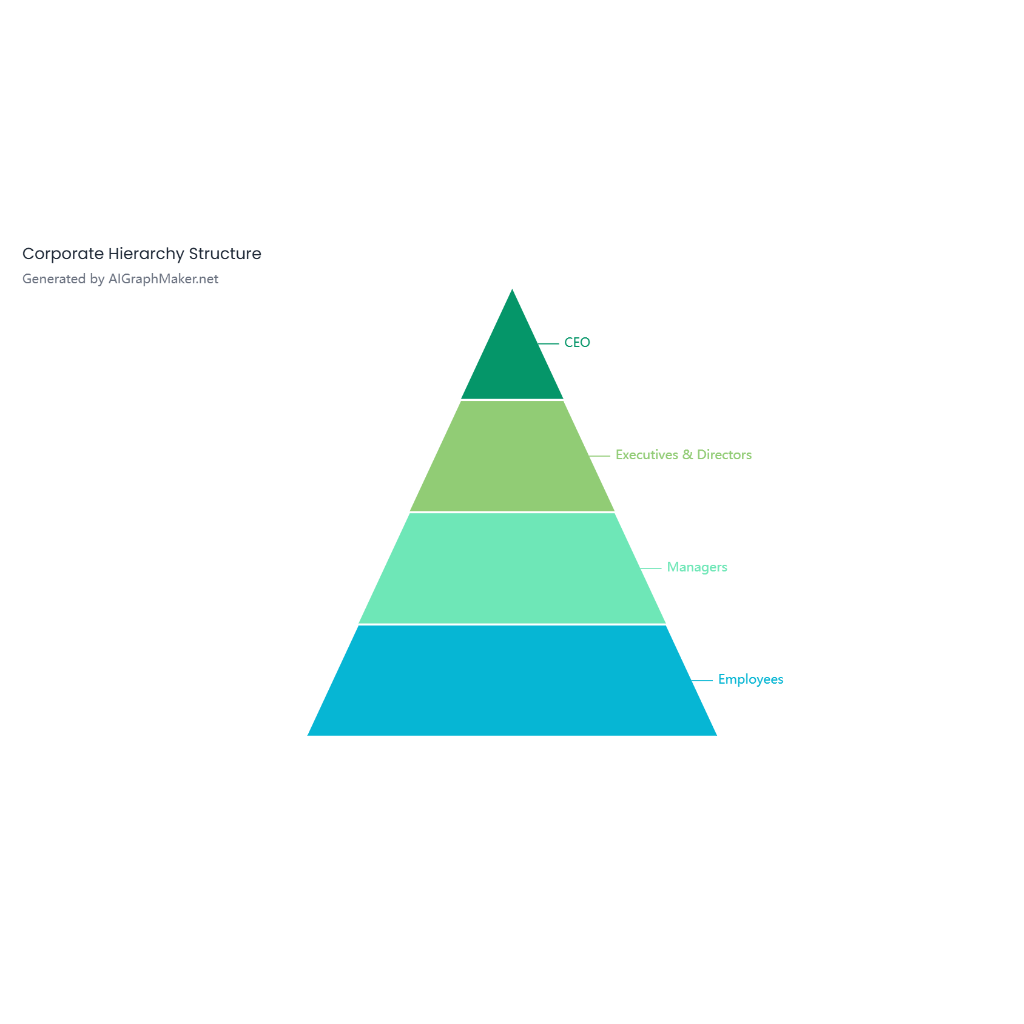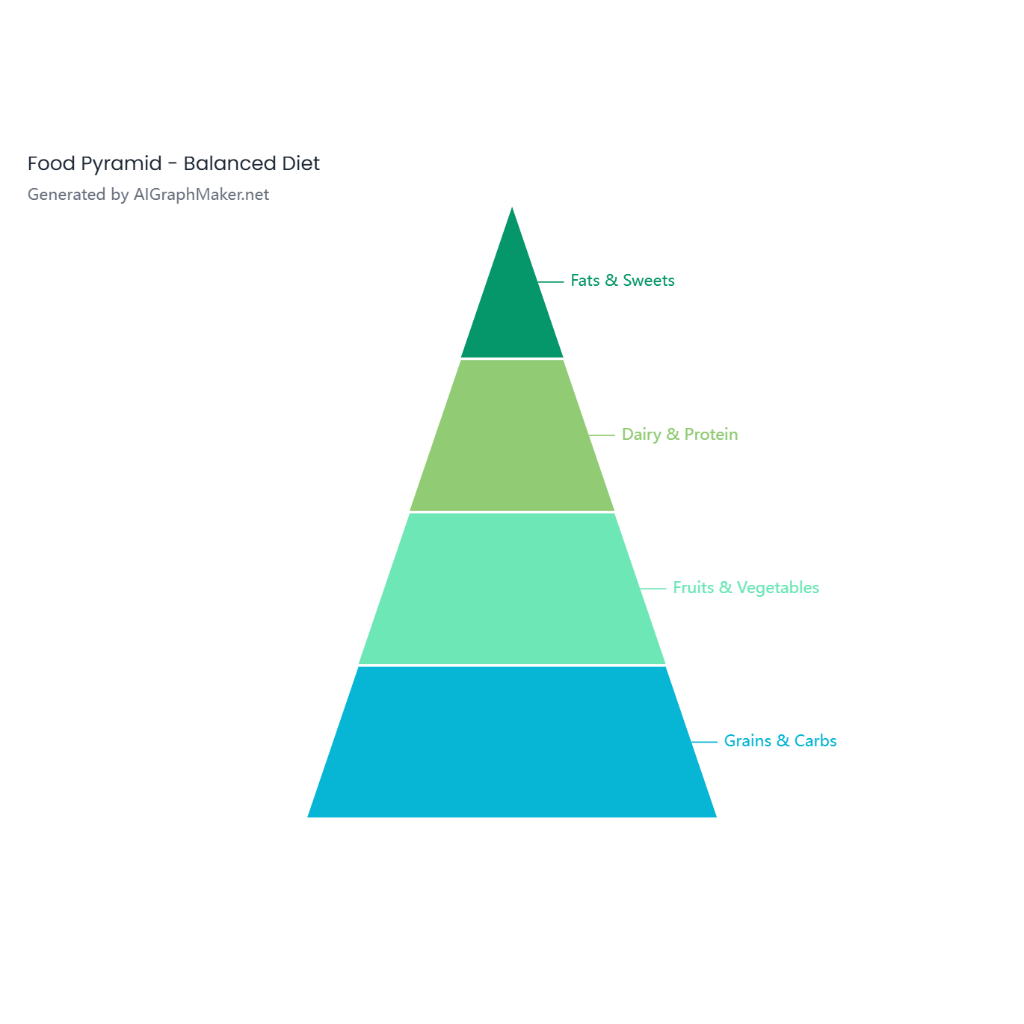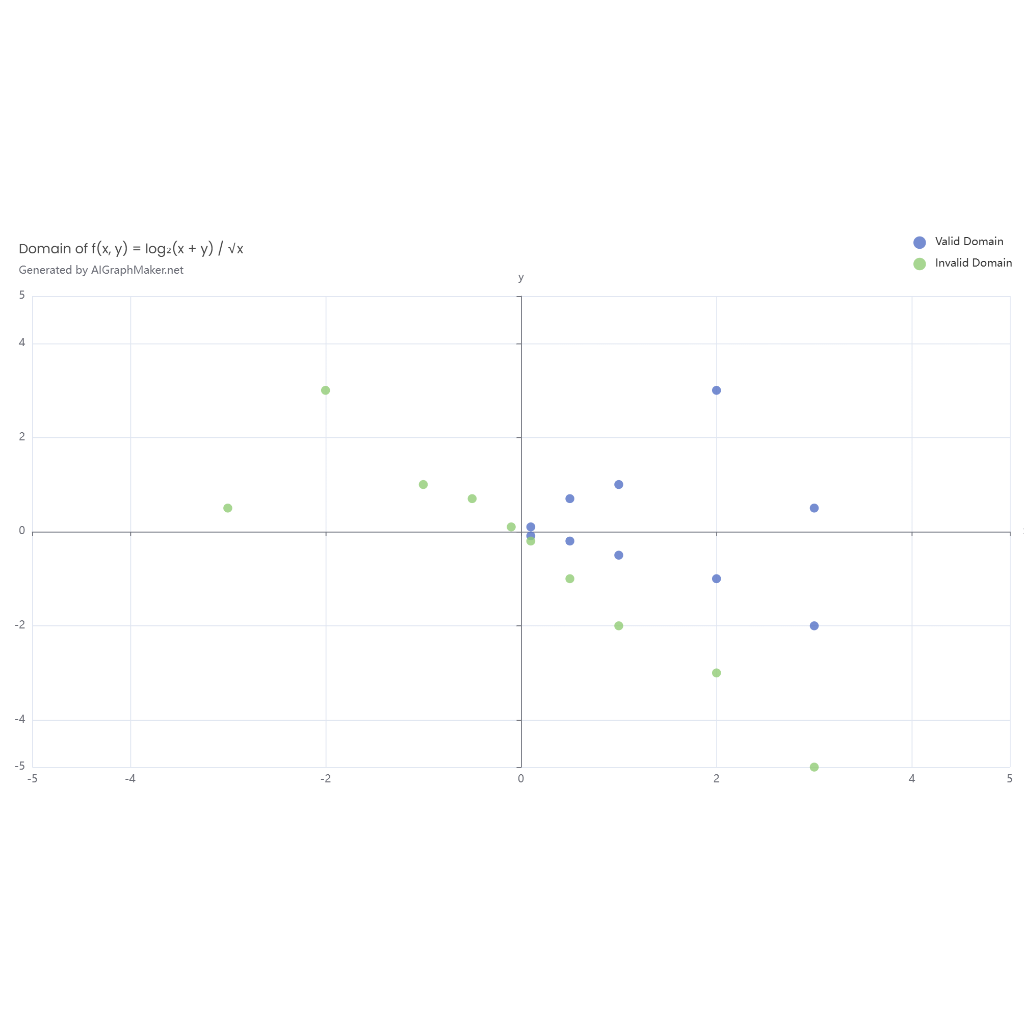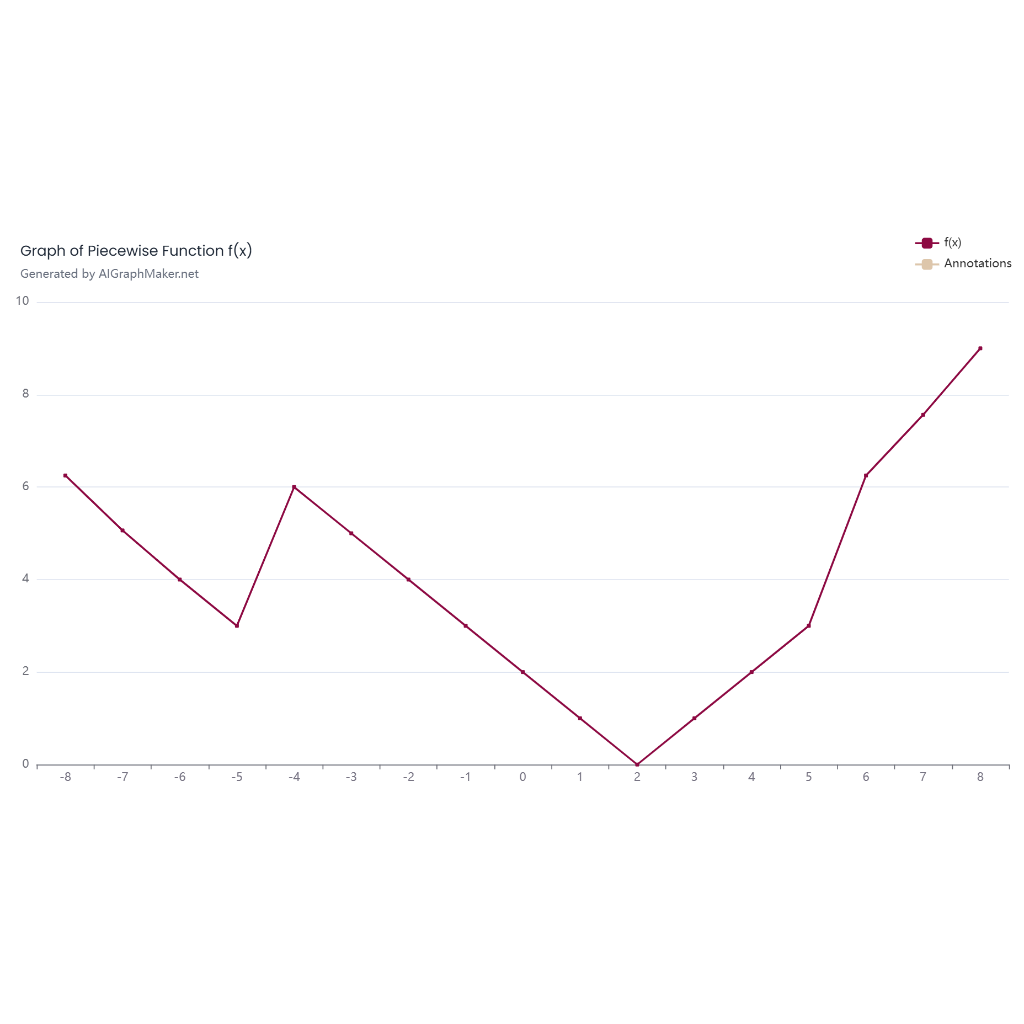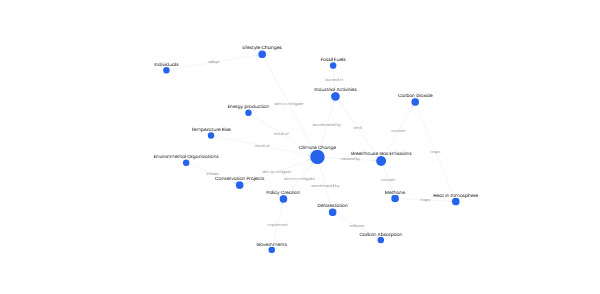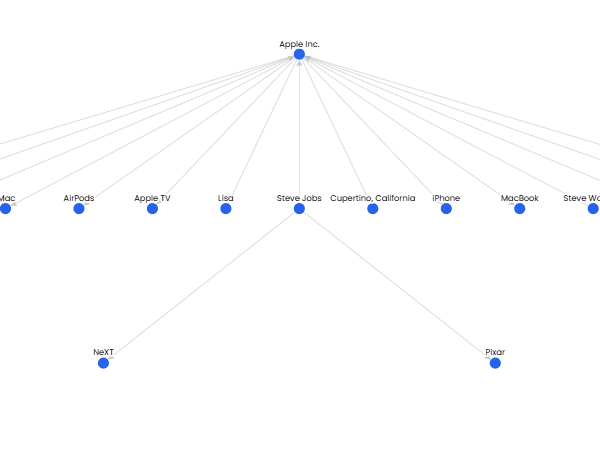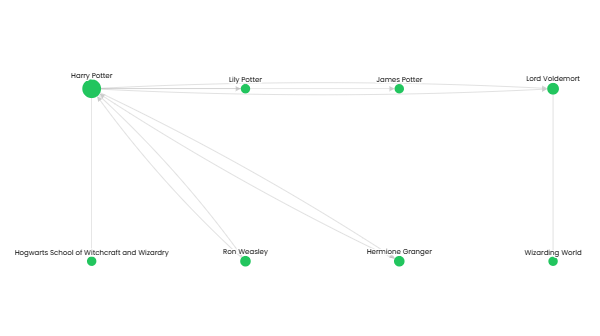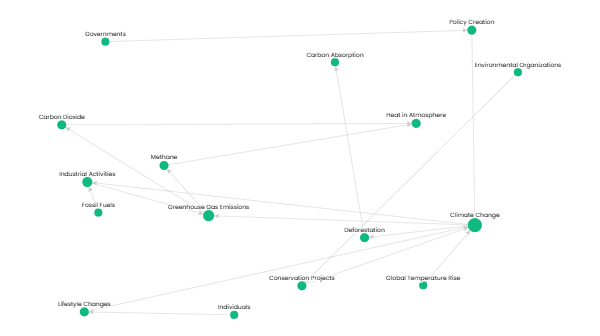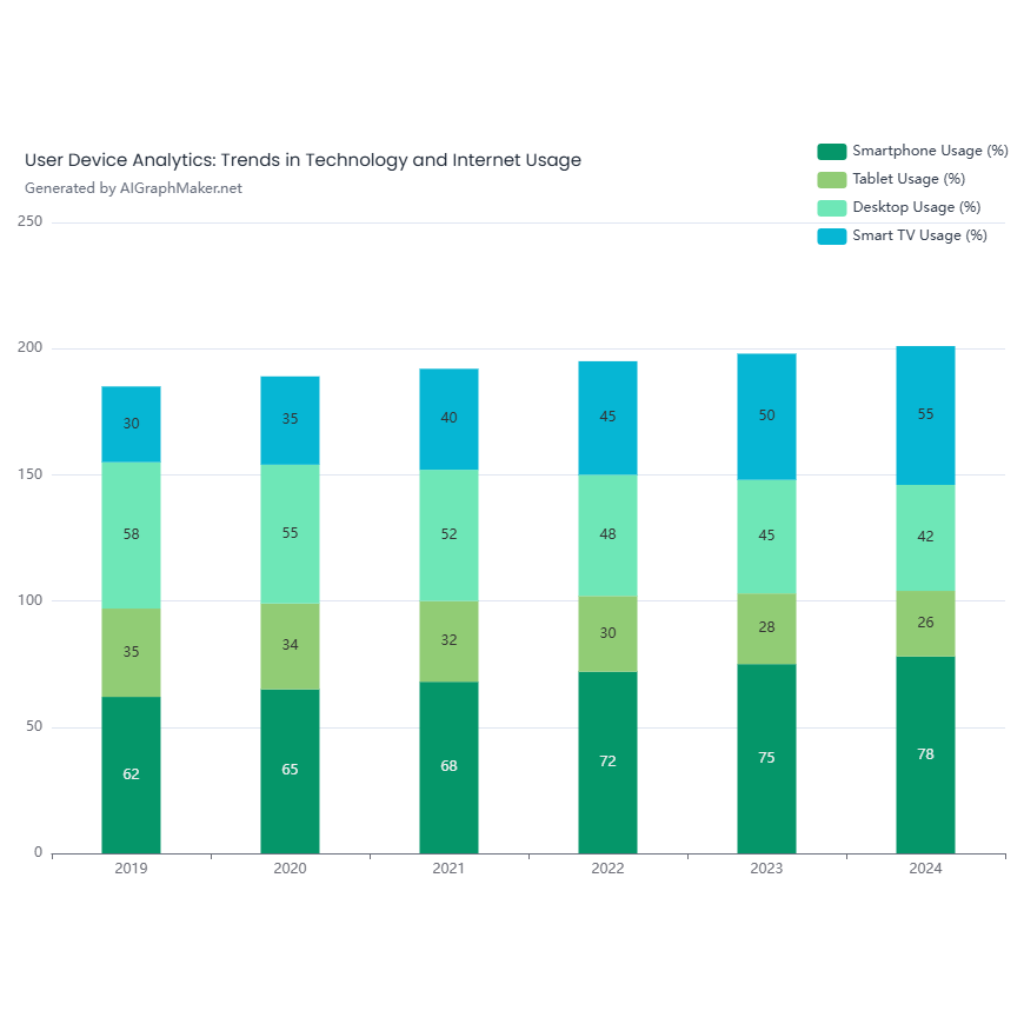Trajectory of Cornell Enrollment
For this part, you need to draw a phase plot (or trajectory) where the horizontal axis represents graduate enrollment and the vertical axis represents undergraduate enrollment. Each point on the graph corresponds to enrollment numbers at a given year.
Title and Axes:
Title the graph: “Cornell Enrollment Trajectory (2002–2022).”
Label the horizontal axis “Graduate Enrollment (students).”
Label the vertical axis “Undergraduate Enrollment (students).”
Horizontal Axis (Graduate Enrollment):
Based on the provided data, determine an appropriate scale. For example, if the graduate numbers range from about 4000 to 8000 (or more if additional data exist), mark tick marks at, say, 4000, 5000, 6000, 7000, 8000, etc.
Clearly write the corresponding numbers below the axis.
Vertical Axis (Undergraduate Enrollment):
Choose a scale that fits the undergraduate data (for instance, if undergraduates range from 13000 to 16000, you might mark ticks at 13000, 14000, 15000, 16000).
Label each tick mark with its value.
Plot the Data Points:
For each year (e.g., 2002, 2007, 2012, 2017, 2022), you have a pair of numbers: (graduate, undergraduate).
For example, if the data (or your best estimates) are:
2002: (4000, 13000)
2007: (6000, 14000)
2012: (8000, 15000)
2017: (10000, 16000)
2022: (12000, 17000)
then plot these points accordingly. (If the provided numbers differ, use the exact data given in your assignment.)
Connect the Points:
Draw a smooth curve or straight line segments connecting the points in the order of time (from 2002 to 2022) to illustrate the trajectory.
Annotate the Points:
Optionally, label each plotted point with its corresponding year (e.g., “2002”, “2007”, etc.) so that the trajectory is clearly marked.
